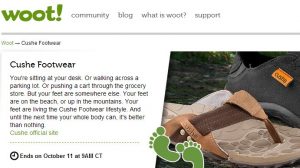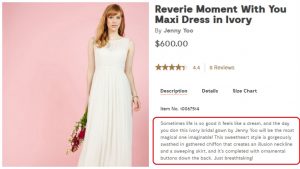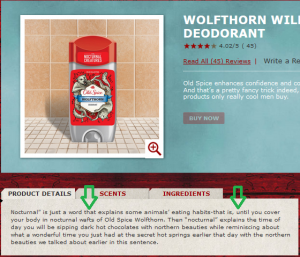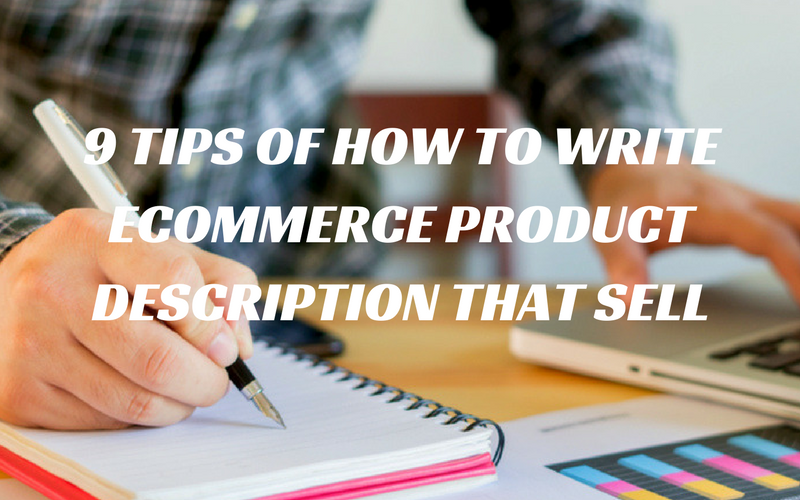Creating convincing descriptions that inspire consumers to purchase is one of the most vital aspects of ecommerce product description.
Writing ecommerce product description for your business is one of the toughest tasks you will ever have to do. The problem is that it isn’t sufficient to solely describe the things you sell. The product description is truly an extension of the selling procedure.
The best ecommerce product description builds an impression at once. They provide value, get people excited, and make them switch from visitors to clients immediately. A high converting description is not just attractive but also offers whole information and answers the following:
- What is the product used for
- Who the product is for
- How does the product work
- What sets it apart
- Why should your users purchase the product
Here are 6 tips you should follow while writing ecommerce product description:
1. Cover Customer Concerns
One established way to create convincing product descriptions is to put yourself in the buyer’s shoes. What would you want to know about the product?
This is particularly important for large-ticket items that require a major investment for most consumers. For automobile – purchases, fuel economy and performance may be the main concerns.
A description of a “reading table” should include information about the material used and the surface finish to help consumers determine whether the item will match their existing decor and will stand up to regular use.
By considering the likely concerns of buyers and addressing them in your ecommerce product description, you can produce improved results for your retail content customers.
2. Keep It Precise

Consumers in the online world tend to have small attention spans. Your descriptions should hit the high facts and deliver satisfactory information on which to base a purchase decision.
However, there’s typically no need to write a history of the product in the consumer marketplace or an ecommerce product description of the process by which the item was made.
Stick to the fact and deliver the information you would want your customer to know badly, which will help your customer to make their purchase decision.
3. Highlight the Selling Feature
Rather than only reciting a list of the common features of an item, focus on one unique feature, quality or use of the item. For example, an everyday No. 2 pencil in a sunny shade of yellow could be described in this way:
Fill in those regular test papers with a slight help from our sunny No. 2 pencil. This writing tool is perfect for everyday use and features a useful built-in eraser to correct any errors quickly and easily.
This method is less useful for complex items with many distinguishing characteristics. However, it can provide a solid basis for short details on common household or office items.
4. Give Them a Story
People take decisions emotionally and try to justify them with logic. Make them imagine how their life would be if they buy the product and providing a good story through the ecommerce product description is a great way to invite them in.

5. Customize Your Tactic
A cold, clinical ecommerce product description can turn off your readers and consequent in fewer sales. By keeping a slightly more informal tone and adding humor when appropriate, you can boost the demand of your product descriptions and create a more helpful attitude for purchasing decisions.
Consumers will respond better to a warm, friendly tone in most cases and will reward your efforts with increased sales.
6. Mention all the Specification
You should also include details about how your product will fit in your customer’s day to day lives. A simple sizing explanation or chart is not sufficient.
You will need to include detailed specifications. For example, if you are selling a pair of pants, including sizes and a size chart is not enough information for the average buyer. You will also need to include information on how the garment is styled. Is it slim-fitting or loose? Do you offer length options? How is the rise of the pants? Do they fit on your hips or closer to your belly button? How wide are the legs? Some products require more detail than others.
7. Write for Your Target Customer
Should your voice be serious and formal, or casual and funky? Should you emphasize the technical aspects of the products in your descriptions or concentrate more on its aesthetics?
Understanding the main considerations of your customers is most crucial to make them relate with your ecommerce product description and buy your products. Once you know who your target audience is, you can decide which voice or personality you should take up to communicate with them.

Old Spice conveys its personality traits — masculinity, longevity, and experience through all its marketing copy. The product descriptions on the ecommerce website are edgy, fresh, and spell confidence.
8. Stick to the Truth
Product descriptions are not the place for flights of fancy or false information. By providing factual ecommerce product description with no misleading embellishments, you can ensure that consumers get the necessary data to make a purchase while ensuring that your representation of the product is accurate and fact-based.
This can protect your corporate clients from legal entanglements and ensure continued demand for your content creation services in the product description field.
9. Keep a Consistent Tone

While you may have developed a unique voice in your writing endeavors, ecommerce product descriptions require that you adopt the client’s tone as your own for best results. By reading over the site and paying careful attention to other product descriptions or online copy, you can create product portrayals that fit into your client’s online catalog seamlessly and naturally.
This can increase the value of your writing to your client and can provide a more organic experience for consumers who visit the site.
Over to You
If you want to take your ecommerce product description to a whole new level, you’ll have to do a whole lot more than just plunk out a few words to fill up a copy block. Your product description should answer three basic questions – what are the product’s benefits, who is the product for, and how does it provide value. Experiment with different product descriptions on your website, and A/B test to see what works best for you.
Check out ecommerce best practices to build your site according to market standard.
Have questions or suggestions? Go ahead and drop us a comment right away.
For more information head over to OrbitInformatics.com.




